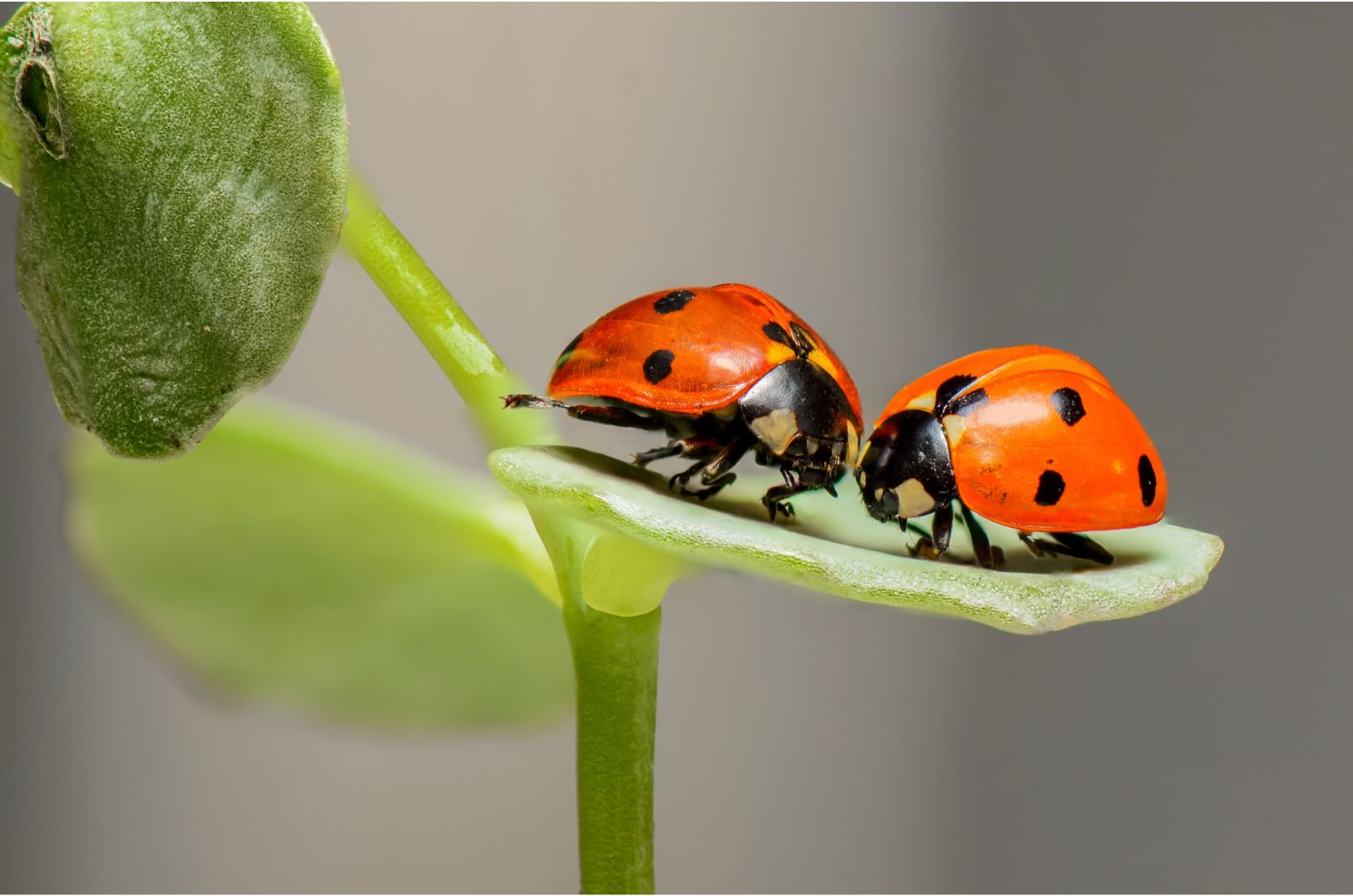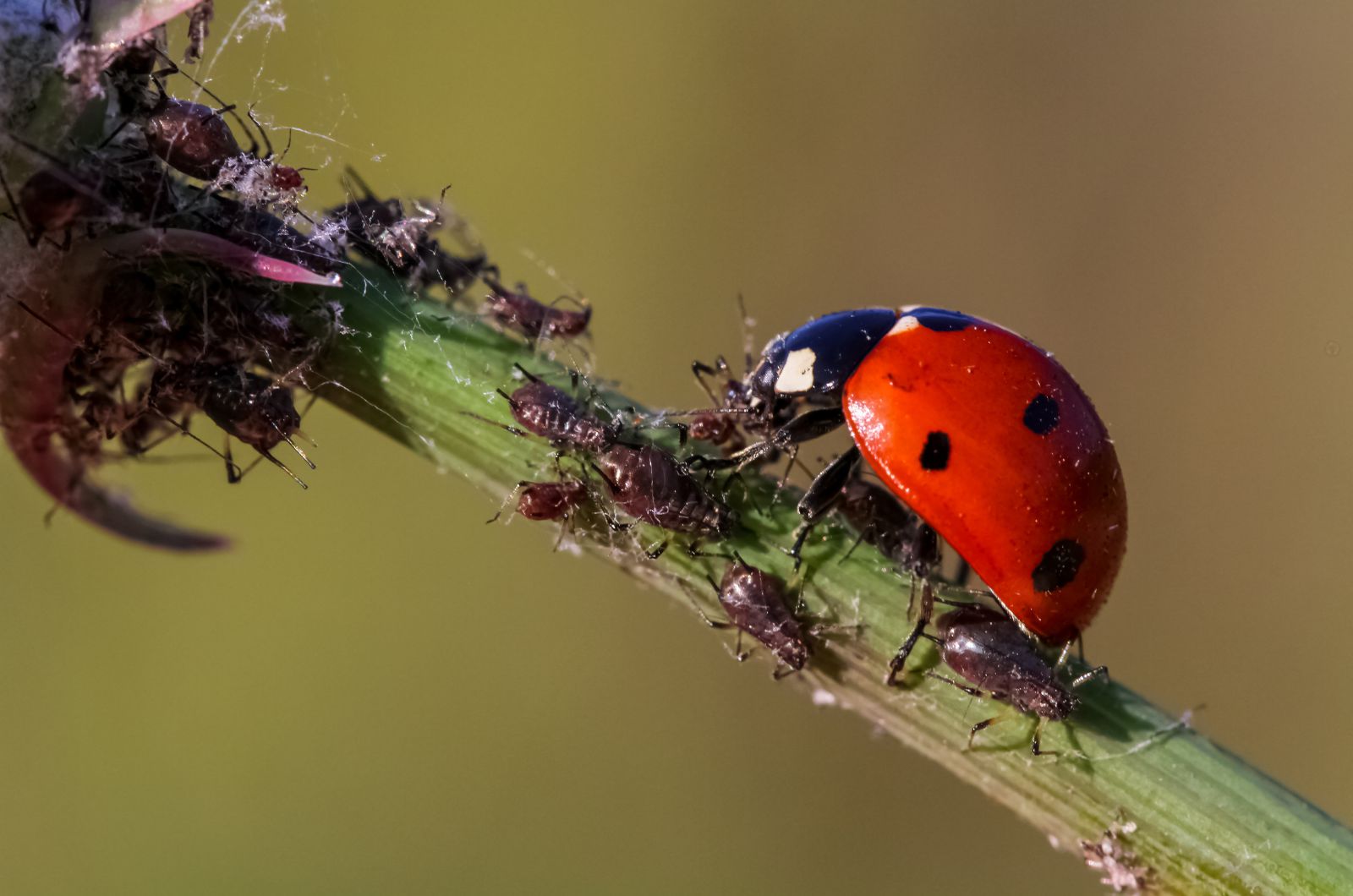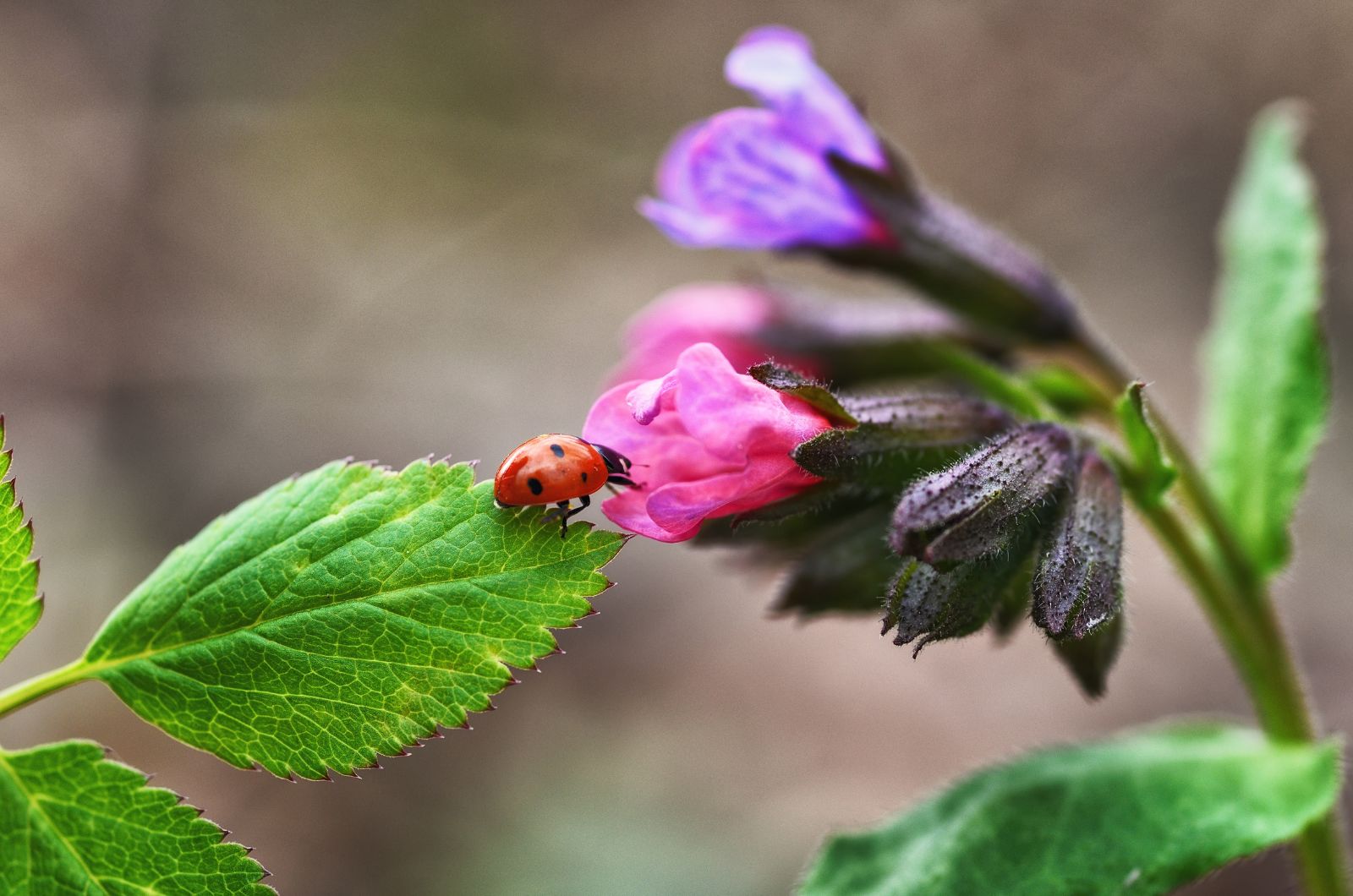Ladybugs are considered superheroes among other insects and pests that commonly visit our crops and gardens. While these delightful creatures may seem small and insignificant, they play a crucial role in maintaining the delicate balance of our ecosystems.
Ladybugs, also known as ladybirds or lady beetles, are not only admired for their vibrant colors and lovely appearance but also for their remarkable ability to get rid of aphids, mealybugs, and other garden pests.
But did you know that there is a charming legend associated with the naming of ladybugs?
Legend has it that during the Middle Ages, a group of farmers faced a significant threat to their crops due to an overwhelming aphid infestation. They prayed to the Virgin Mary for help, and soon after, ladybugs swarmed into their fields and devoured the harmful aphids!
To show their gratitude, farmers named these beetles “Our Lady’s beetles” as a tribute to the Virgin Mary. Today, ladybugs are often seen as symbols of good luck, protection, and divine intervention.
And it is definitely true that they symbolize protection – these little beetles can protect your plants from annoying aphids and pests that would otherwise completely devour them. A single ladybug can munch on up to 50 or 60 aphids in one day [2].
By relying on ladybugs for pest control, we can reduce our use of harmful chemical pesticides. Ladybugs provide an eco-friendly alternative that helps to preserve beneficial insects and minimize the negative impact of pesticides on our environment.
Ladybugs also play a role in pollination. While they are not primary pollinators like bees, they can transfer pollen between flowers as they move around the garden. This incidental pollination contributes to plant reproduction and diversity [3].
Since these little creatures also serve a food source for other insects, birds, and small mammals, they can significantly improve biodiversity and contribute to the ecosystem in your area.
Unfortunately, the declining population of ladybugs, particularly some native species like two- and nine-spotted lady beetles, has become a matter of concern in the last few years.
Habitat loss, climate change, pesticide use, and pollution have all contributed to the reduction in ladybug populations. For instance, their reproduction is disrupted by heat waves and rising temperatures [4].
Since they play such a crucial role in the environment, their decline can have detrimental effects on ecosystems, agriculture, and biodiversity. This is why we have to address this issue and raise awareness about the importance of preserving ladybugs and their habitats.
Initiatives like creating ladybug-friendly habitats, reducing pesticide use, and promoting organic gardening practices are being encouraged to prevent loss of ladybugs.
Numerous research studies are also being conducted to help save ladybugs so that they can protect our crops from pesky pests, and at the same time improve our environments.
References:
1. Bay N. (2016). Ladybird Beetles: A Brief History Behind the Name “Lady”
2. Stevens. Ladybugs are natural predators. Buglogical
3. Hodek, I., van Emden, H. F., & Honěk, A. (2012). Ecology and Behaviour of the Ladybird Beetles (Coccinellidae). John Wiley & Sons.
4. Soares, A. O., Haelewaters, D., Ameixa, O. M., Borges, I., Brown, P. M., Cardoso, P., … & Losey, J. E. (2023). A roadmap for ladybird conservation and recovery. Conservation Biology, 37(1), e13965.



